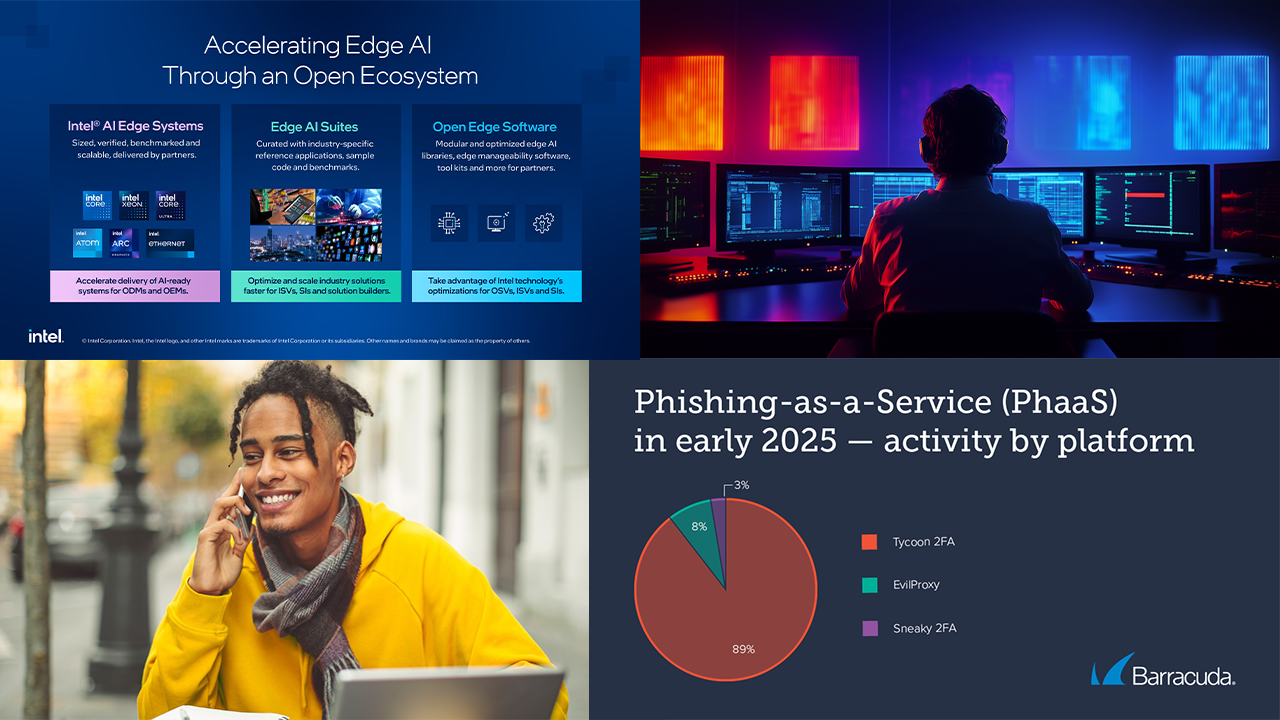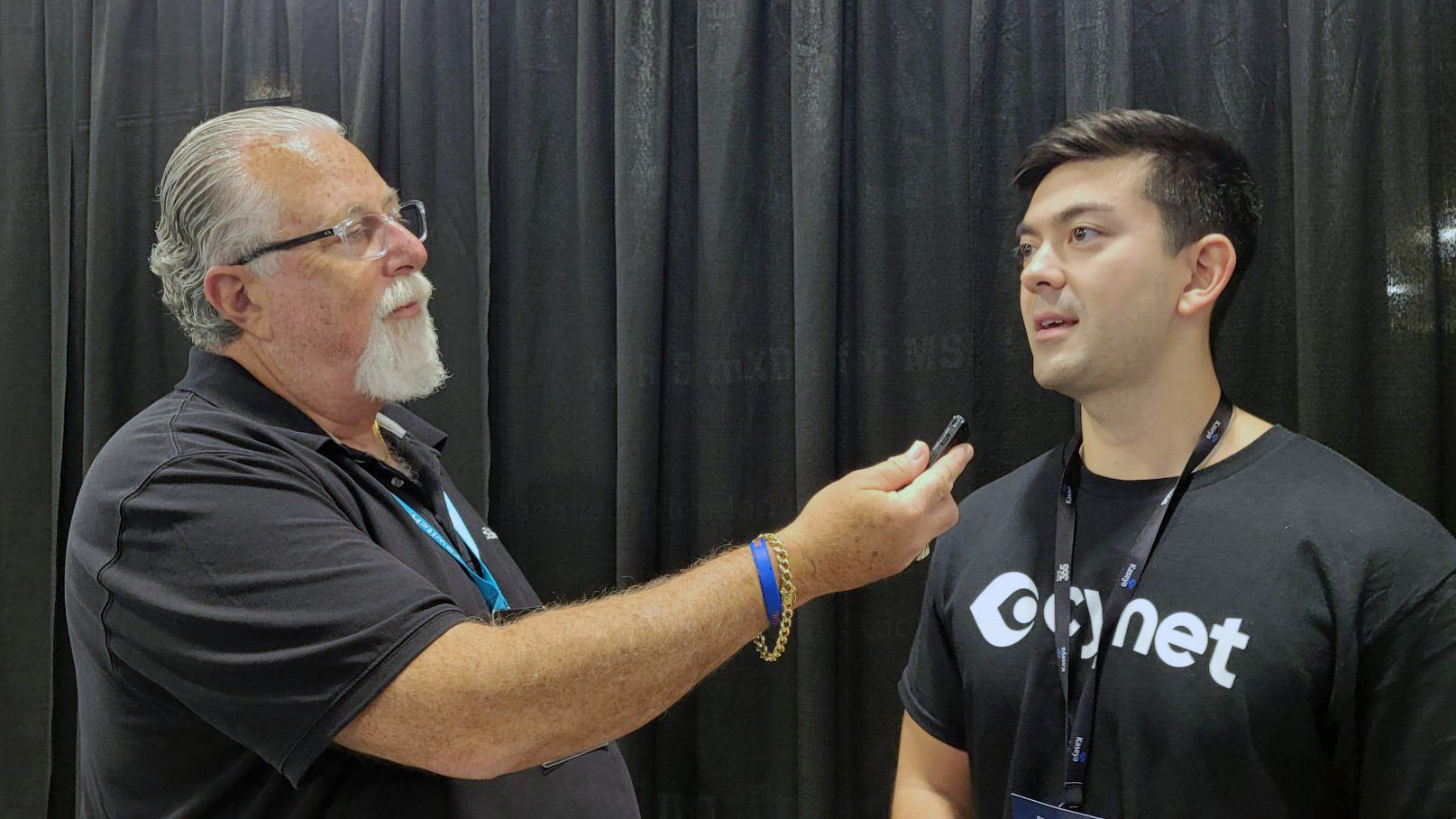Vonage†(NYSE:†VG), a business cloud communications leader, has launched an integration with Google Cloud’s new Contact Center AI, a solution that combines multiple AI products to improve the customer experience and the productivity of contact centers.
The new integration is being made available as part of Vonage’s new CX Enablement Suite, which encompasses several new Nexmo-powered contact center capabilities including†programmable building blocks, chatbots and open source†skills-based communications router and real-time sentiment analysis.
With the Google Cloud partnership, Vonage expands its programmable contact center capabilities by integrating Google Cloud Contact Center AI with the Company’s programmable voice and skills-based router to drive more meaningful customer interactions.††
Google Contact Center AI is a simple, secure and flexible solution that allows businesses with limited machine learning expertise to deploy AI in their contact centers. The solution integrates with partners like Vonage, who customers already work with, for easy integration into their systems. Google Cloud’s solution is currently in beta through Q3 2018, and is expected to be generally available in Q4 2018.
Key features of Vonage’s integration with Contact Center AI include:
- The ability to connect customers with an intelligent virtual agent by integrating†Nexmo’s Voice API†(VAPI) and skills-based communications routing technology with CRM, Google Cloud Contact Center AI, and Dialogflow, giving the Virtual Agent the real-time data needed to provide contextually relevant answers
- Contextual information provided to live agents via routing through a connection between Nexmo’s skills-based communications router and Dialogflow, which routes to the best available agent when the human touch is needed†
- An Agent Assist interface that provides continuous, real-time transcription of the call and dynamically updates suggested responses based on the ongoing conversation
“Contact Center AI empowers enterprises to use AI to complement and enhance their contact centers,” said†Rajen Sheth, Director of Product Management, Google. “Google Cloud’s goal is to make it as easy as possible for our customers to use AI for contact centers through our relationships with key partners like Vonage.”
Omar Javaid, Chief Product Officer for Vonage commented, “Vonage’s innovative programmable voice and messaging APIs, combined with Google’s Contact Center AI, can be used by cloud-based contact centers or existing premises contact centers. This can give every business access to exciting artificial intelligence capabilities that will enable them to quickly adapt to customer demands, generate new insights and innovate faster to serve and delight customers.
“Integrating Vonage’s CX Enablement Suite with Google Cloud has been incredibly easy. AI technologies can be difficult to execute, but the Google Cloud Contact Center AI solution is intuitive and simple to implement within our programmable contact center capabilities.”
Vonage customers leveraging the CX Enablement Suite integration with Google Cloud Contact Center AI have realized greater benefits for their agents and end customers. American Financing, a†Colorado-based national mortgage banker, used the Vonage CX Enablement Suite to create a virtual assistant that can:
- Process data collected from customer conversations and match customers to a live agent who can best serve their needs;
- Simultaneously collect data from the same conversation to provide real-time transcription and suggested responses for the live agent’s reference;
- Improve speed-to-resolution and the overall customer experience.
“We’ve been a Vonage customer for three years, leveraging their unified communications and contact center solutions,” said†Duane Kibbee, Director of Technology for American Financing. “Now, using the Vonage CX Enablement Suite integrated with Google Cloud Contact Center AI, we’re taking our contact center to the next level. This solution will allow us to route calls to the most skilled agents and provide after-hours support without using a third party. We expect it to create a seamless, more meaningful customer experience through contextual communications, while also reducing costs.”












